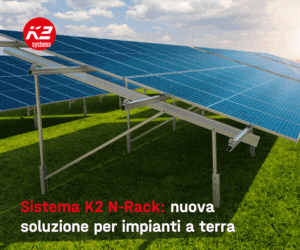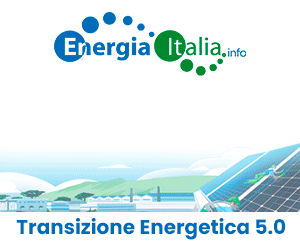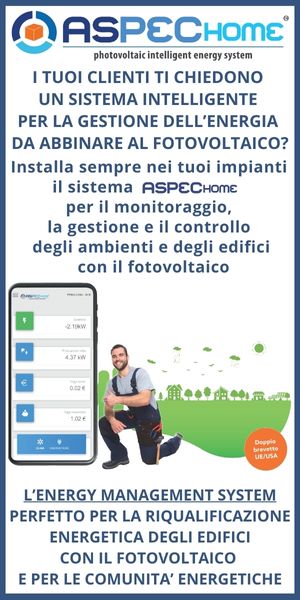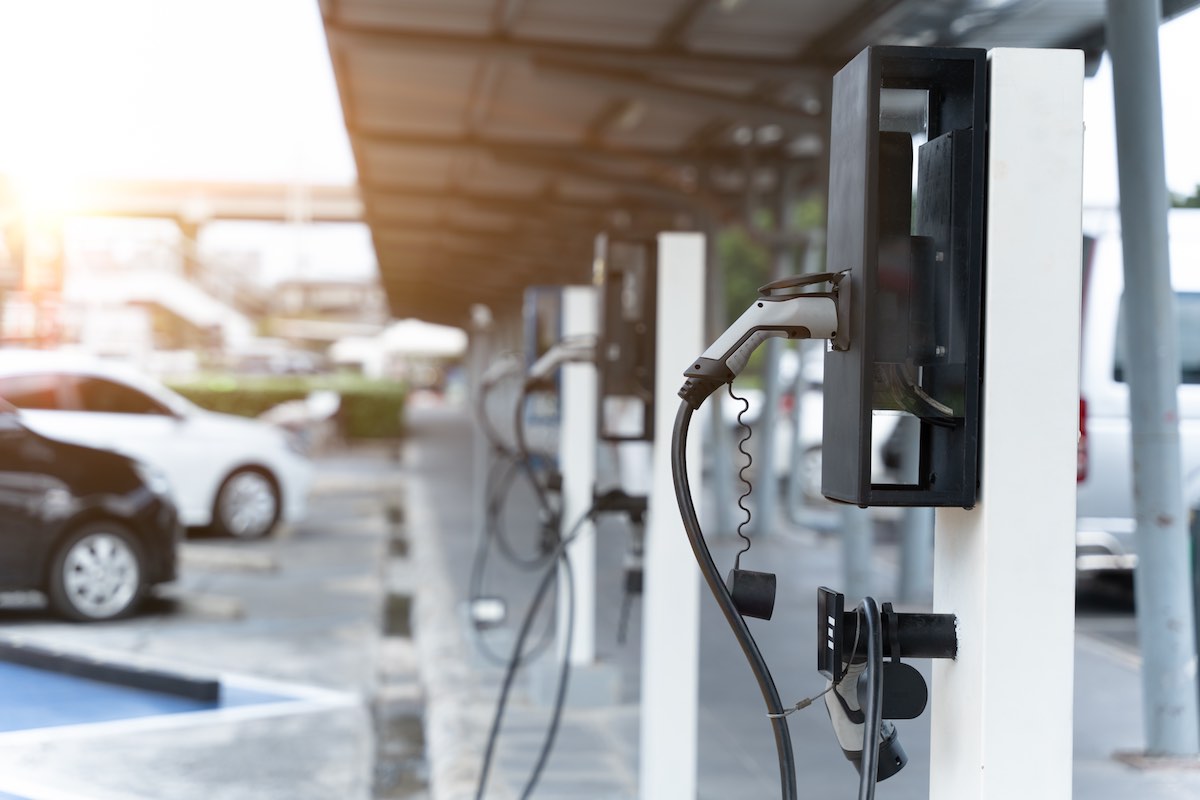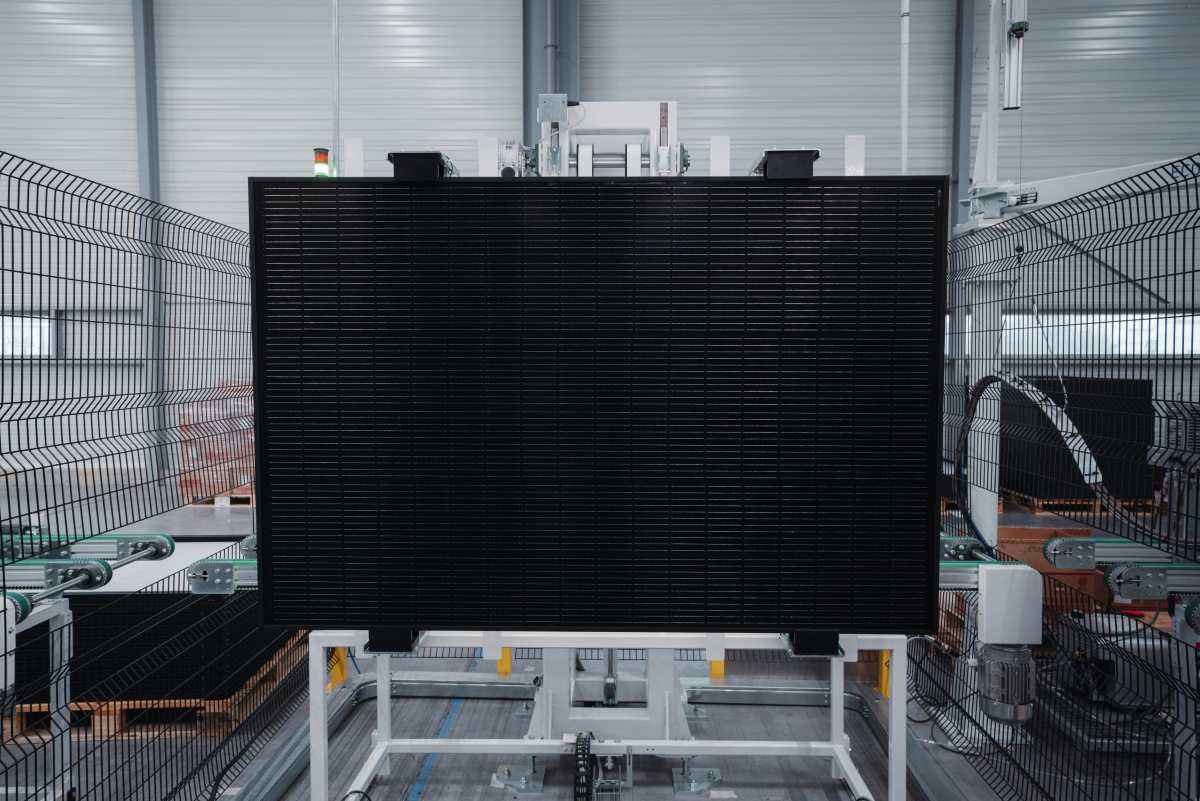Articles of Special “Biomethane, the investments will start”
The publication of the company Gestore dei Servizi Energetici (GSE) will achieve a first real and proper practical action of the DM 5 December 2013. It talks about the implementing procedures for the production plants of biomethane and, in particular, a part is specifically dedicated to the request and release of incentives for the biomethane transported by the extra grid modality.
The way that led to the adoption of the previously mentioned implementing procedures has had to go through an intensive improvement changes, such as consultations and discussions with professionals. It was especially due to those constraints imposed by the original decree about the limitation of the biomethane grid injection obtained from a particular matrix. In the light of the above, quality features of biomethane are still to be defined.
But what is exactly the extra grid transportation and which are the real possibilities of starting with investments? GSE clearly specifies that “extra grid transportation” means biomethane used for carriage or for co-generation plants under high-efficiency CHP, without being introduced in the transport network or in the natural gas distribution grids. It means having direct connexion between the production plants and the consumption sites or using tube trailers or any other transport means with similar characteristics (such as tank trucks for the LNG transport) or a private grid. given these modalities of production and delivery to the user, the technical-legal framework now available allows the manufacturing, authorisation and qualification at GSE of biomethane production plants.
At the beginning of the path, there are some basic elements to take into account. first of all, the legislator’s desire to favour the biomethane use in the transport environment. Secondly, the legislator’s aim of valuing the existent biogas generation system, in particular, to support a decrease of the A3 component through the switch of the biogas use for electricity to the use of biogas for biomethane production.
It is obvious that the whole path drawn on the DM 5 December 2015 is still suffering critical problems linked to the impossibility of using the gas grid under modalities different from those of the extra grid. This started even before the DM 5 December 2015 with the provisions designed for starting the biomethane sector attributed to the Legislative decree 208/2011, that adopts the European provisions on the coverage obligations with renewable sources of the energy needs, including those linked to the transportation.
As previously mentioned, this is linked to the technical-economic conditions for the connection of the plants, which are still to be determined from the side of many grid authorities; it is also linked to the definition of quality parameters in relation with the European path defined by the M475 mandate; as well as it connected to other problems, such as the odorization for the biomethane injection in the distribution grids of natural gas.
However, the current framework also presents a great optimism, in particular, the real and effective availability of technologies, making biomethane a sector ready to start also in our system. And, last but not least, the opportunity reintroduced by the implementing procedures of the GSE, which makes possible accessing a process to qualify “a project” that represents an valuable element for financing projects.
Talking about the start of investments, it must be mentioned the authorisation procedures for biomethane. For this argument, it is needed to recall the art. 8-bis. Legislative decree 28/2011 (Authorisation schemes for the biomethane production), introduced in the Legislative decree from art. 30, para. 2, decree Law No 91/2014. It establishes that, subject to the tax provisions on excise matters about natural gas, procedures provided in articles 5 (unique procedure) and 6 (Procedura Abilitativa Semplificata, PAS) shall be applied in the authorization for building and operating with plants of biomethane production and the related amending works, including the related works and infrastructures. for such purposes, it is used the simplified procedure (PAS) for new production plants, as it has been defined in accordance with the art. 21, para. 2, not higher to the standard 500 cubic metres/hour. As well as for the amending works and for the interventions of partial or complete conversion to the biomethane production of electricity production plants fuelled with biogas, landfill gas, sewage treatment plant gas, that do not increase nor vary the input biological matrix; in other words, the unique authorization in all the different cases from those above described.
At the same time, the art. 12. Legislative decree 387/2003 para. 4-bis –Rationalisation and simplification of the authorisation procedures– establishes that for the creation of [….] new plants of biomethane production [….], subject to the public benefit and the consequent procedures for the related works, the advocate must prove during the procedure and before the authorization the soil availability in which the plant will be built.
All in all, specifically for the biomethane extra grid, it should be recalled the art. 17, para. 9, decree Law 24 January 2012, No. 1 –Liberation of fuel distribution– that establishes the following: with the aim of supporting and promoting the biomethane production and using it as automotive fuel, regional plans about the fuel distribution system foresee for its municipalities the possibility to authorize, through simplified processes, the construction of distribution and refuelling facilities of biomethane, also at the biogas production plants, provided that the biomethane quality could be guaranteed. As it was outlined in the Legislative decree 3 March 2011, No. 28, it also includes geographic areas where the methane grid is not present.
There are different development options. first of all, a new plant just for the biomethane production is feasible. However, it could also be considered the transformation of an existent biogas plant through the reinforcement of the biogas production regarding the pre-existent production. The production would be destined to biomethane without alteration of the installed electrical power, which means, keeping unchanged the level of biogas production and destining part of the same to the biomethane production, translated into a lower electricity production from biogas. Regarding an existent biogas plant, the law also allows the combination of both mentioned options, meaning the reinforcement of the biogas production and the switch of all or part of the pre-existing biogas production to the biomethane production.
It is necessary to remember some essential elements without mentioning in this moment the incentives structure for the biomethane, already dealt many times in other occasions:
- Firstly, the importance of identifying the authorisation and the certification of the used biomasses for the biomethane production connected to the concerned increases. Above all, the release for consumption certificates (CIC) for transportations, as well as the recognition of the advanced fuel status, concept introduced by dm 10 October 2014, for which there will be a particular requirement from 2018.
- It is essential to understand the mechanism of formation of the CIC value in the light of innovative conditions established by DM 20 January 2015. It deals with administrative sanctions due to the failure on reaching the obligations about its introduction into the fuel consumption that, even establishing rules for the sanctions valorisation, clarifies that the sanction shall not exempt parties responsible for the implementation of the requirements. Therefore, the CIC role will be that of identifying the real market conditions more than values provided by sanctions.
- At the end, biomethane is just methane as the methane contained in the natural gas. hence, its transfer also involves the methane exploitation as it is, and cost-effectiveness of sales will have to be linked to the market conditions of the natural gas.
In this way, biomethane is now at its beginning, but the effective path for the development will request the sector to learn new models and deal more and more with new challenges.
















